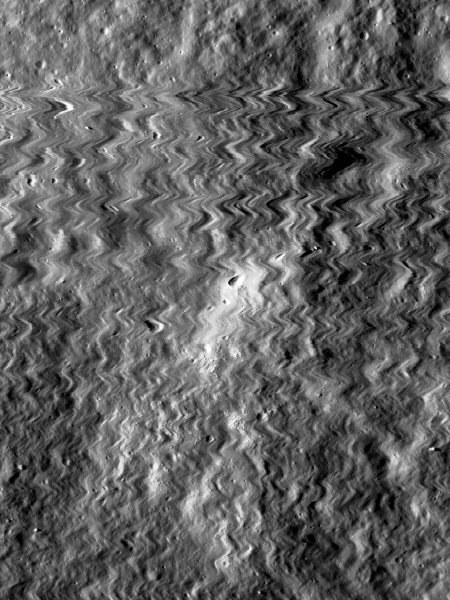Japan’s Google Lunar X-Prize rover arrives in India for launch
Capitalism in space: The rover being built by the Japanese team competing for the Google Lunar X-Prize has arrived in India for installation on the PSLV rocket that will launch it into space.
The Sorato rover which is flight ready will be mounted on Team Indus lander at its facility in Jakkur. HAKUTO, one of the five teams competing for the Google Lunar XPRIZE, has signed a ride share agreement with Team Indus (India’s first private aerospace startup) for launching the Sorato along with the Indian rover.
Team Indus’s spacecraft, along with the two rovers, will also carry a few payloads and will be launched onboard ISRO’s workhorse, the PSLV-XL. The launch is expected to take place early next year (before March 8, 2018, the date set by Google to the five privately funded teams to launch the landers and the rovers on the Moon surface).
Several important details here. First, though the Japanese team appears to have all the necessary funds to pay for their flight, Team Indus is still searching for investment, and might not have the money to pay for its share of the flight. What will happen in that case is unclear.
Second, the word Hakuto in Japan means “white rabbit.” This name was chosen because Japanese folklore says a rabbit can be seen in the dark areas of the Moon’s face. This makes Japan’s rover the second rabbit to fly to the moon, after China’s Yutu rover, which in English means “jade rabbit” a name also based on Chinese folklore.
Capitalism in space: The rover being built by the Japanese team competing for the Google Lunar X-Prize has arrived in India for installation on the PSLV rocket that will launch it into space.
The Sorato rover which is flight ready will be mounted on Team Indus lander at its facility in Jakkur. HAKUTO, one of the five teams competing for the Google Lunar XPRIZE, has signed a ride share agreement with Team Indus (India’s first private aerospace startup) for launching the Sorato along with the Indian rover.
Team Indus’s spacecraft, along with the two rovers, will also carry a few payloads and will be launched onboard ISRO’s workhorse, the PSLV-XL. The launch is expected to take place early next year (before March 8, 2018, the date set by Google to the five privately funded teams to launch the landers and the rovers on the Moon surface).
Several important details here. First, though the Japanese team appears to have all the necessary funds to pay for their flight, Team Indus is still searching for investment, and might not have the money to pay for its share of the flight. What will happen in that case is unclear.
Second, the word Hakuto in Japan means “white rabbit.” This name was chosen because Japanese folklore says a rabbit can be seen in the dark areas of the Moon’s face. This makes Japan’s rover the second rabbit to fly to the moon, after China’s Yutu rover, which in English means “jade rabbit” a name also based on Chinese folklore.




